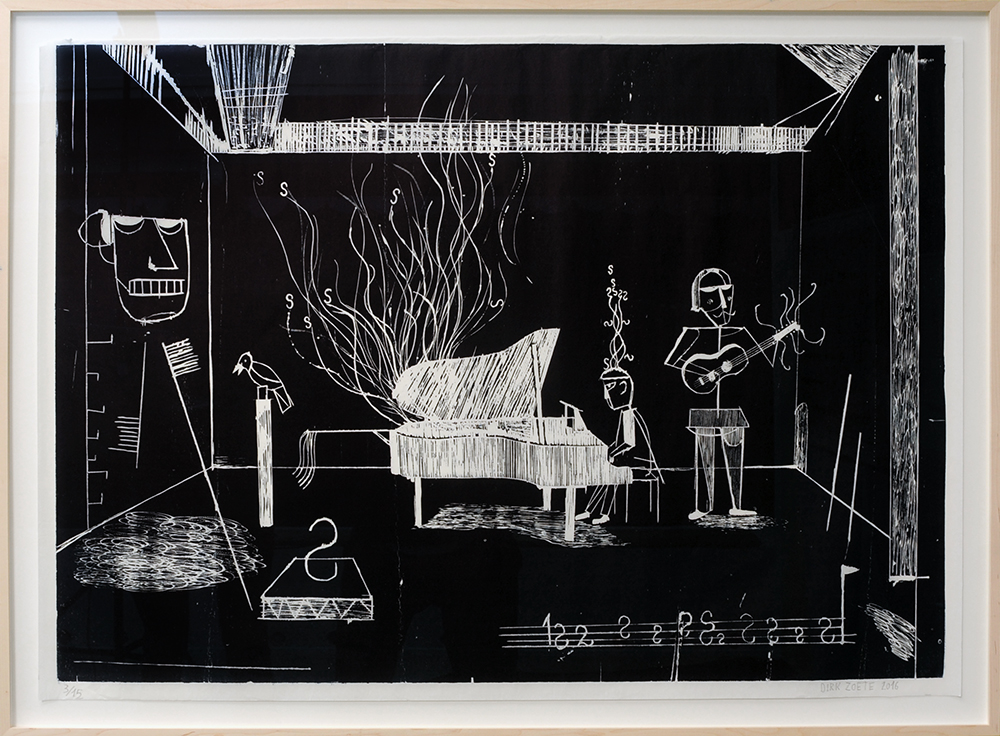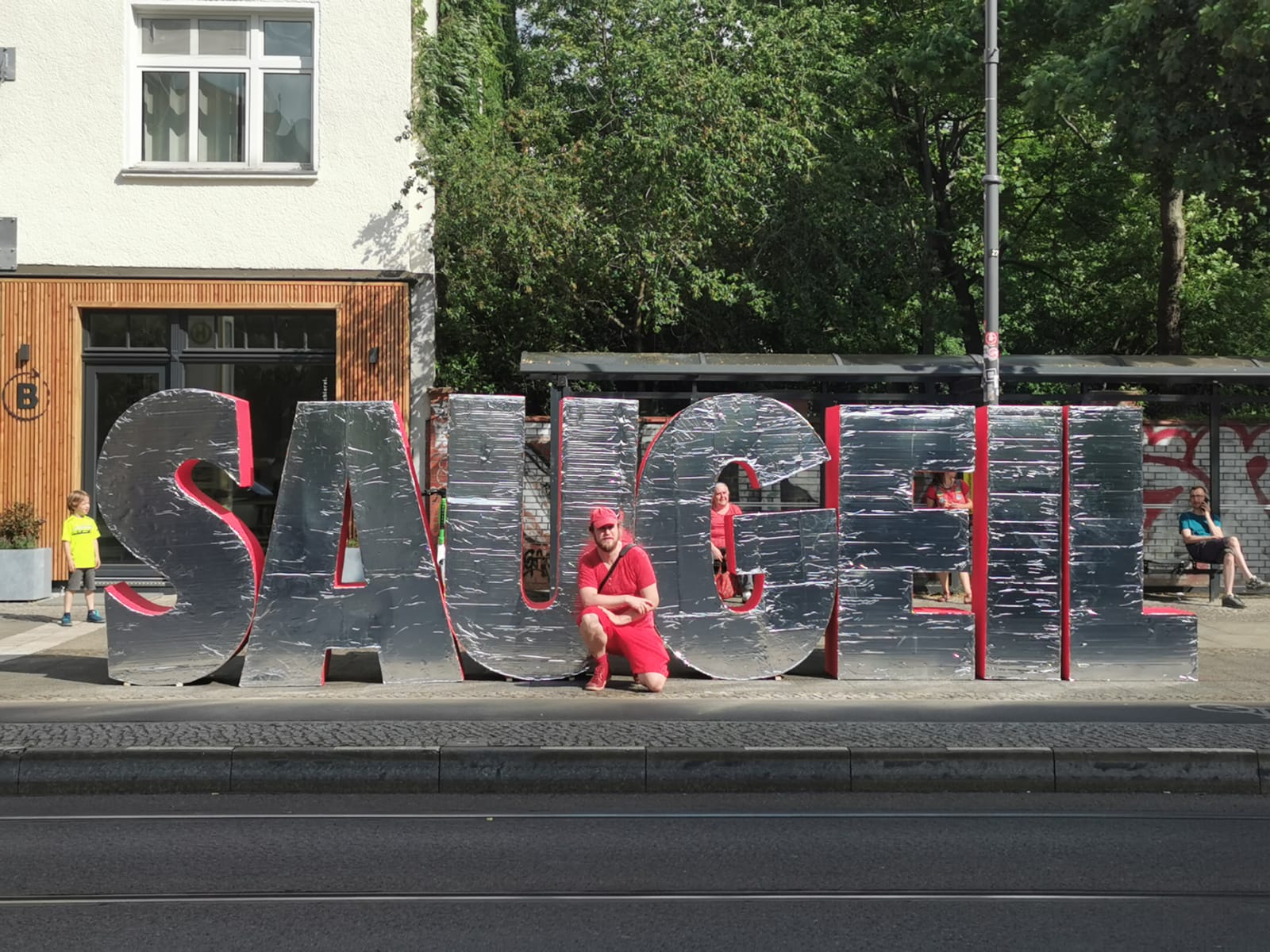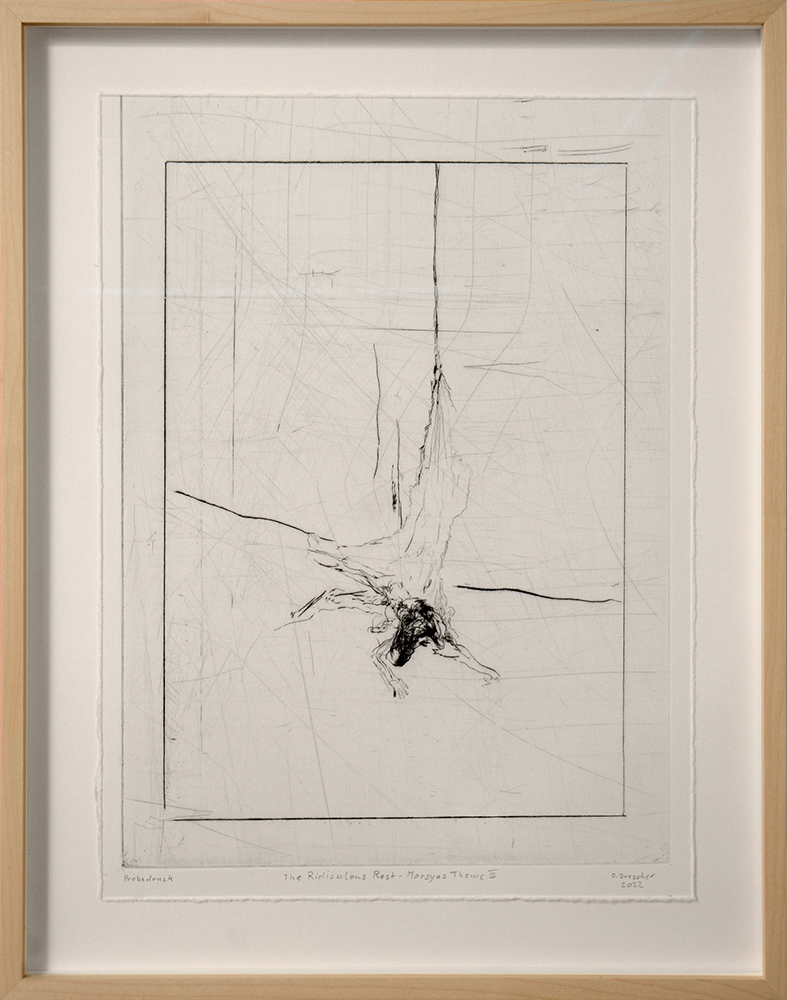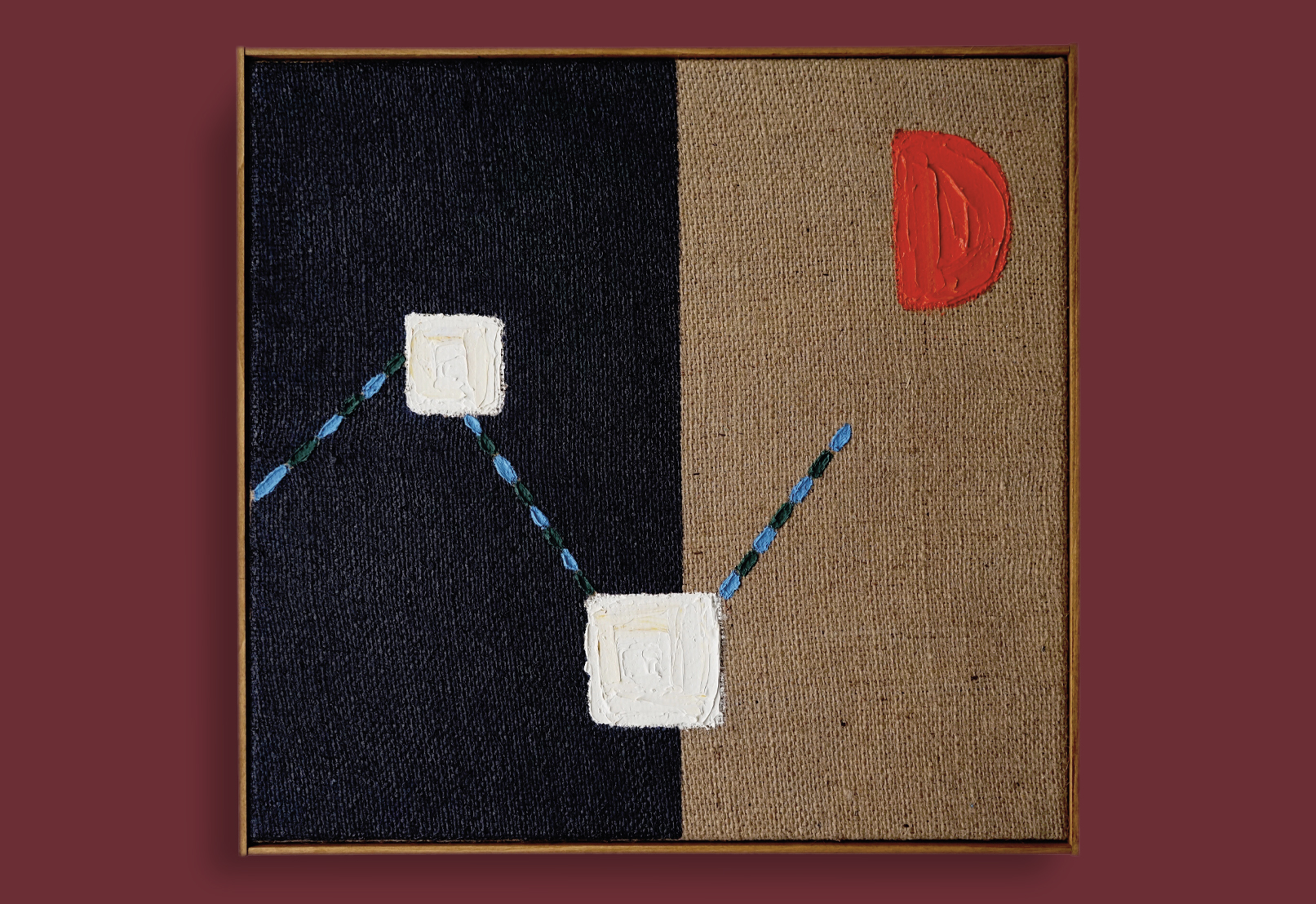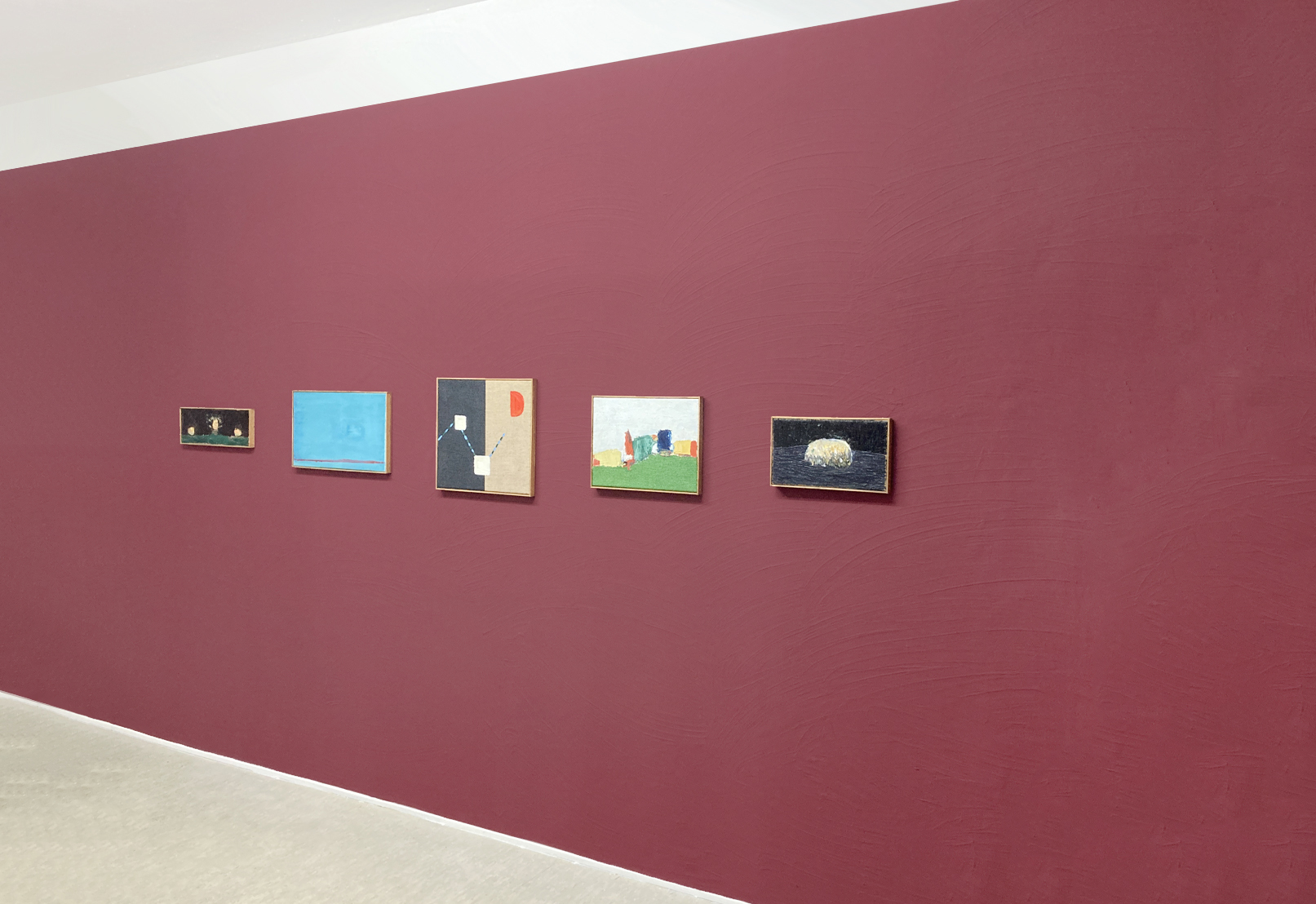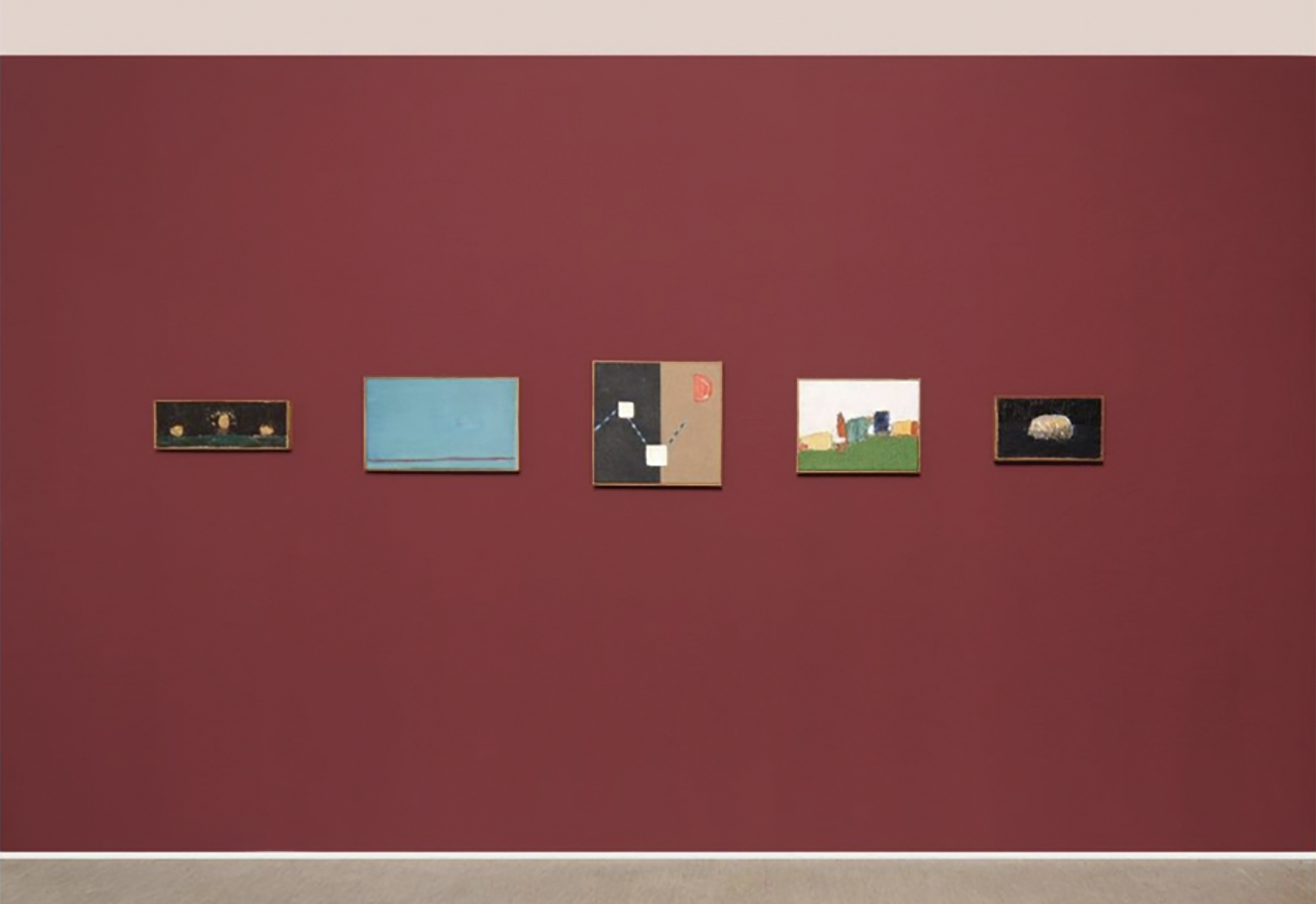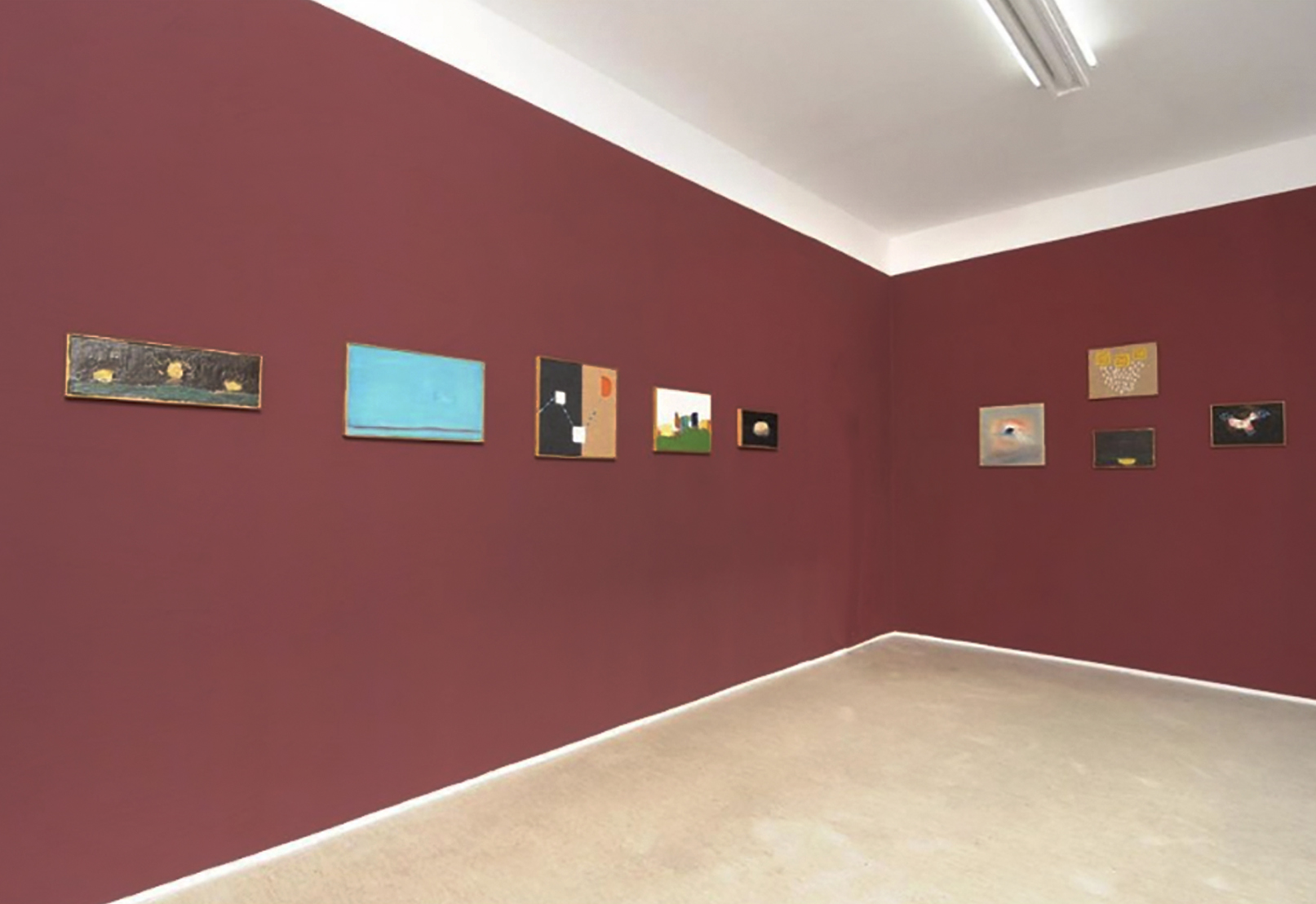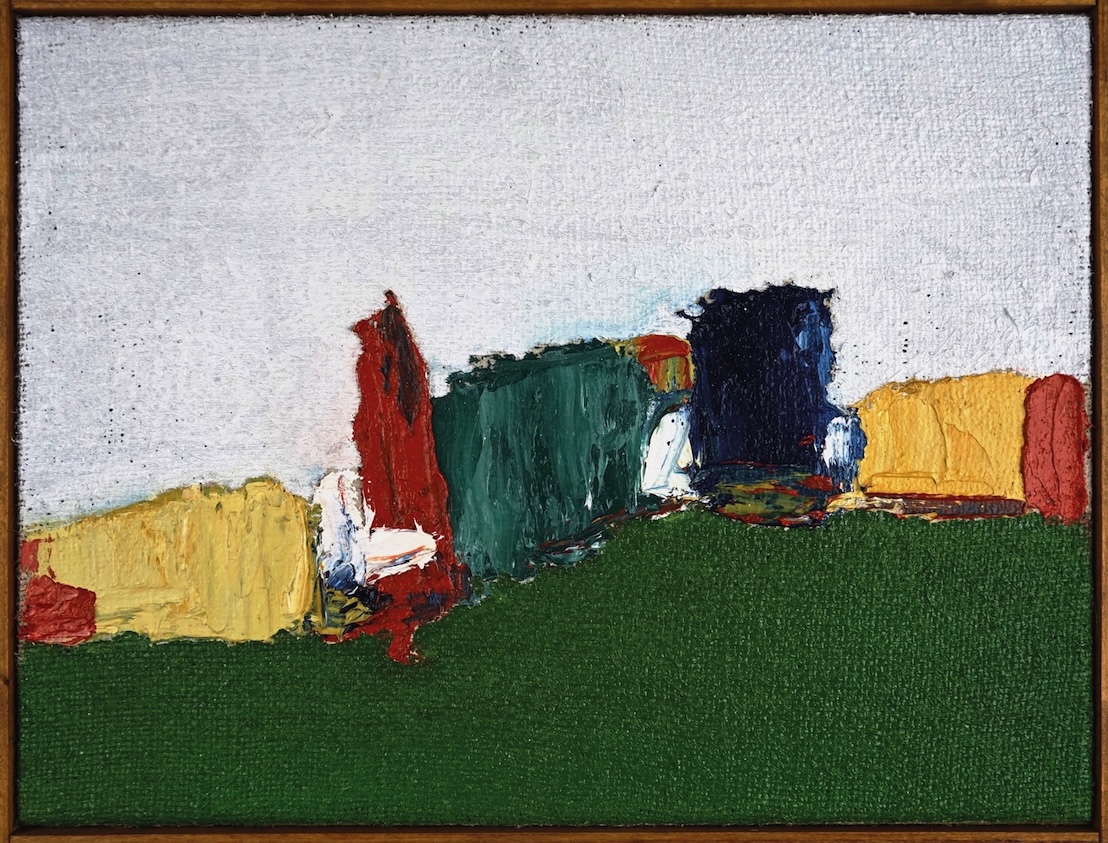Christopher Colm Morrin: Unknown Landscapes : LAB / Verena Kerfin Gallery, Köthener Strasse 28, Berlin 10963
Past
exhibition
Overview
“The landscape thinks itself in me, and I am it’s consciousness.” - Paul Cézanne
I visited Christopher Colm Morrin’s studio for the first time on a spring afternoon in 2021. As I stepped through the door I immediately felt as if being welcomed into his inner world. While looking at the canvases and talking to him, I instantly recognized in the paintings an internal radiance that appeared to stem from their ability to harbour parts of the artist. The same felt true the other way around as both artist and image inevitably mirrored fragments of each other.
French painter Paul Cézanne liked to describe his work with a single word: to realise (fr. réaliser) or realisation (fr. réalisation). The word summarises succinctly what he considered to be the core of the artistic creation: To see in order to perceive, to reflect in order to understand and to paint in order to visualise what has been discovered. (Boehm, Gottfried: Paul Cézanne. Montagne Sainte-Victoire, Frankfurt am Main 1988, p. 54.) In October 1907, after his encounter with Cézanne’s work at the Salon d’Automne in Paris, Rainer Maria Rilke wrote to his wife Clara, “The painter is not likely to come to the consciousness of his insights [...]: without taking the diversions through his reflection, his progress, itself mysterious to him, must enter so rapidly into the work that he is unable to recognise it at the moment of its passage.” (Rilke, Rainer Maria: Über moderne Malerei, Editor: Martina Krießnach-Thomasberger, Frankfurt am Main/Leipzig 2000, p. 50.)
Morrin’s paintings seem to tread a middle path between Rilke’s assertion and Cézanne’s beliefs. His landscapes do not strive to reflect the appearances of reality but rather to be immediate reflections of the soul’s cartography. Through his journey the painter embraces the magical and the unknown, accepting the importance of facing the rough edges within the topography of ourselves, while trusting love and kindness as guidance. Every picture strikes us as a landmark. Bright markers for moments of assurance and stillness amid confusion and despair. For even if the path is partially shadowed, there is always light opposing the darkness. On the canvases, dark surfaces are broken to frame luminous elements or glistening horizons. Out of the darkness, our eyes are led towards vibrant colours promising hope and tranquility.
Morrin originally studied psychoanalysis and philosophy and has always been fascinated with wanting to understand the mind. Carl G. Jung is one of many influences on his way of viewing the world, which has allowed the artist to accept the concealed realms within himself. His paintings invite us to look inside and call upon our imagination once again. As we experience them, they offer us the opportunity to let go of all judgements and all mental presumptions.
These landscapes, if one may call them so, are thus sceneries that serve as momentaneous reflections of the mind. While seeing them, they open up a safe space in which we can acknowledge our darkness, inhabit our pain, and embrace our struggle with compassion and understanding. By relentlessly confronting his vulnerability, Morrin allows us to admit our weaknesses while encouraging us to accept them with open minds and hearts. By contemplating his paintings they bring us closer to realising that we must listen in order to understand, to break down the boundaries of our own thoughts to let answers in, and to accept within oneself that life, above it all, is extraordinarily mysterious.
Nicola E. Petek
I visited Christopher Colm Morrin’s studio for the first time on a spring afternoon in 2021. As I stepped through the door I immediately felt as if being welcomed into his inner world. While looking at the canvases and talking to him, I instantly recognized in the paintings an internal radiance that appeared to stem from their ability to harbour parts of the artist. The same felt true the other way around as both artist and image inevitably mirrored fragments of each other.
French painter Paul Cézanne liked to describe his work with a single word: to realise (fr. réaliser) or realisation (fr. réalisation). The word summarises succinctly what he considered to be the core of the artistic creation: To see in order to perceive, to reflect in order to understand and to paint in order to visualise what has been discovered. (Boehm, Gottfried: Paul Cézanne. Montagne Sainte-Victoire, Frankfurt am Main 1988, p. 54.) In October 1907, after his encounter with Cézanne’s work at the Salon d’Automne in Paris, Rainer Maria Rilke wrote to his wife Clara, “The painter is not likely to come to the consciousness of his insights [...]: without taking the diversions through his reflection, his progress, itself mysterious to him, must enter so rapidly into the work that he is unable to recognise it at the moment of its passage.” (Rilke, Rainer Maria: Über moderne Malerei, Editor: Martina Krießnach-Thomasberger, Frankfurt am Main/Leipzig 2000, p. 50.)
Morrin’s paintings seem to tread a middle path between Rilke’s assertion and Cézanne’s beliefs. His landscapes do not strive to reflect the appearances of reality but rather to be immediate reflections of the soul’s cartography. Through his journey the painter embraces the magical and the unknown, accepting the importance of facing the rough edges within the topography of ourselves, while trusting love and kindness as guidance. Every picture strikes us as a landmark. Bright markers for moments of assurance and stillness amid confusion and despair. For even if the path is partially shadowed, there is always light opposing the darkness. On the canvases, dark surfaces are broken to frame luminous elements or glistening horizons. Out of the darkness, our eyes are led towards vibrant colours promising hope and tranquility.
Morrin originally studied psychoanalysis and philosophy and has always been fascinated with wanting to understand the mind. Carl G. Jung is one of many influences on his way of viewing the world, which has allowed the artist to accept the concealed realms within himself. His paintings invite us to look inside and call upon our imagination once again. As we experience them, they offer us the opportunity to let go of all judgements and all mental presumptions.
These landscapes, if one may call them so, are thus sceneries that serve as momentaneous reflections of the mind. While seeing them, they open up a safe space in which we can acknowledge our darkness, inhabit our pain, and embrace our struggle with compassion and understanding. By relentlessly confronting his vulnerability, Morrin allows us to admit our weaknesses while encouraging us to accept them with open minds and hearts. By contemplating his paintings they bring us closer to realising that we must listen in order to understand, to break down the boundaries of our own thoughts to let answers in, and to accept within oneself that life, above it all, is extraordinarily mysterious.
Nicola E. Petek
Installation Views
×
![]()
Works
-
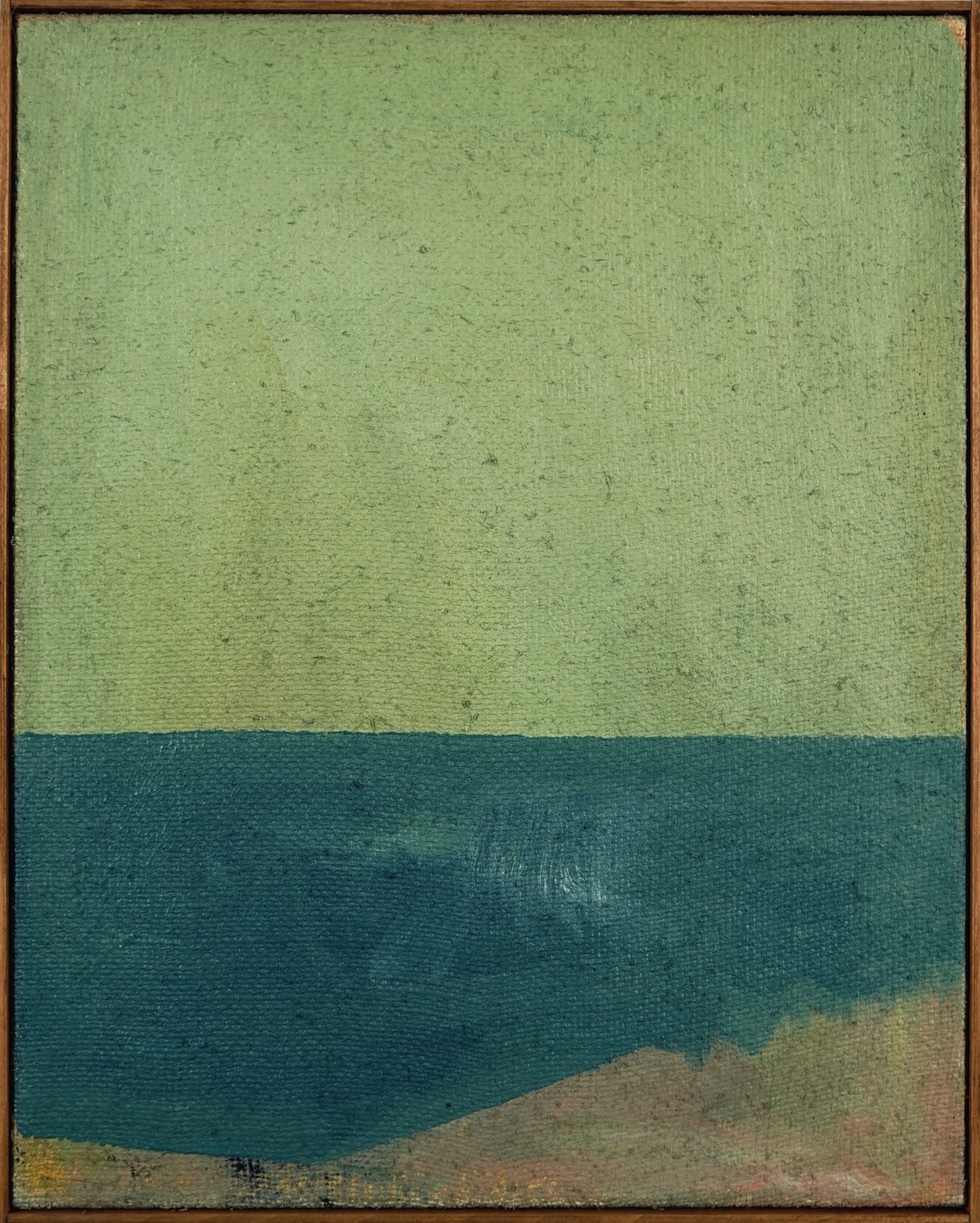 Christopher Colm MorrinAttempt, 2021
Christopher Colm MorrinAttempt, 2021 -
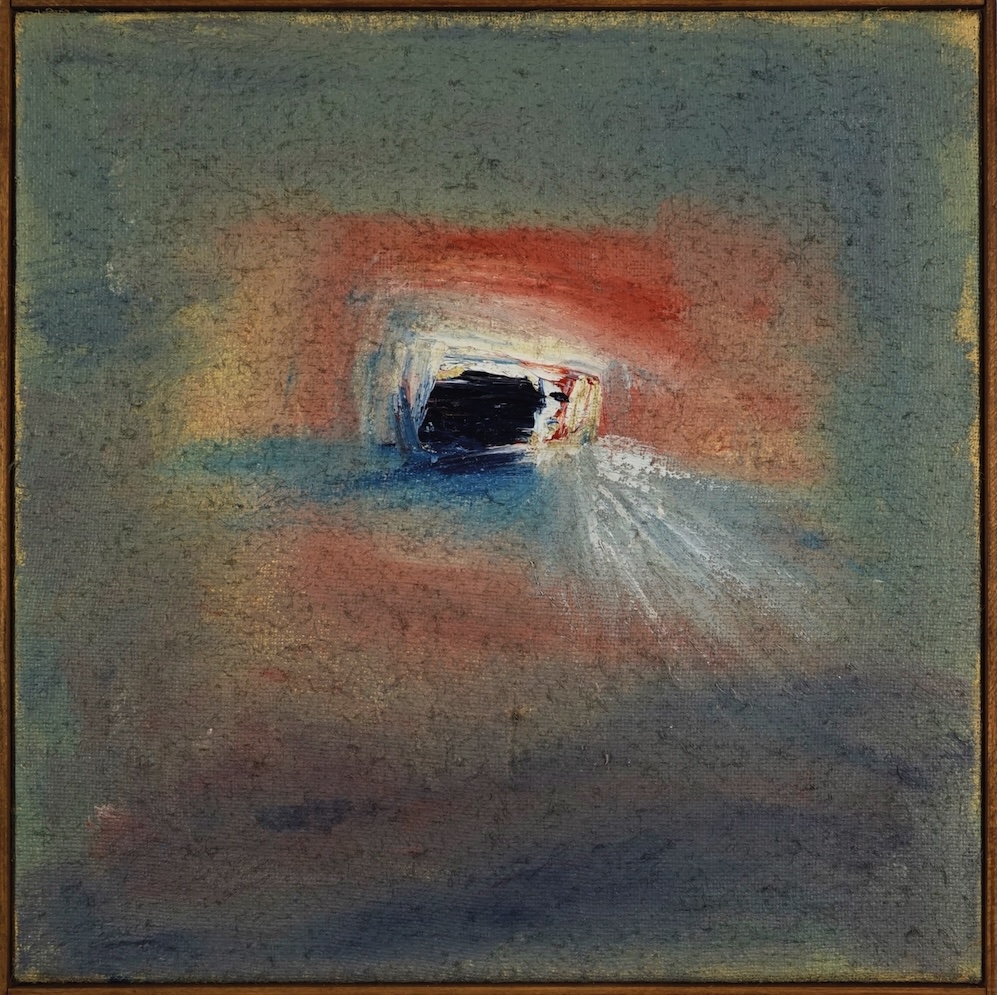 Christopher Colm MorrinCatharsis, 2021
Christopher Colm MorrinCatharsis, 2021 -
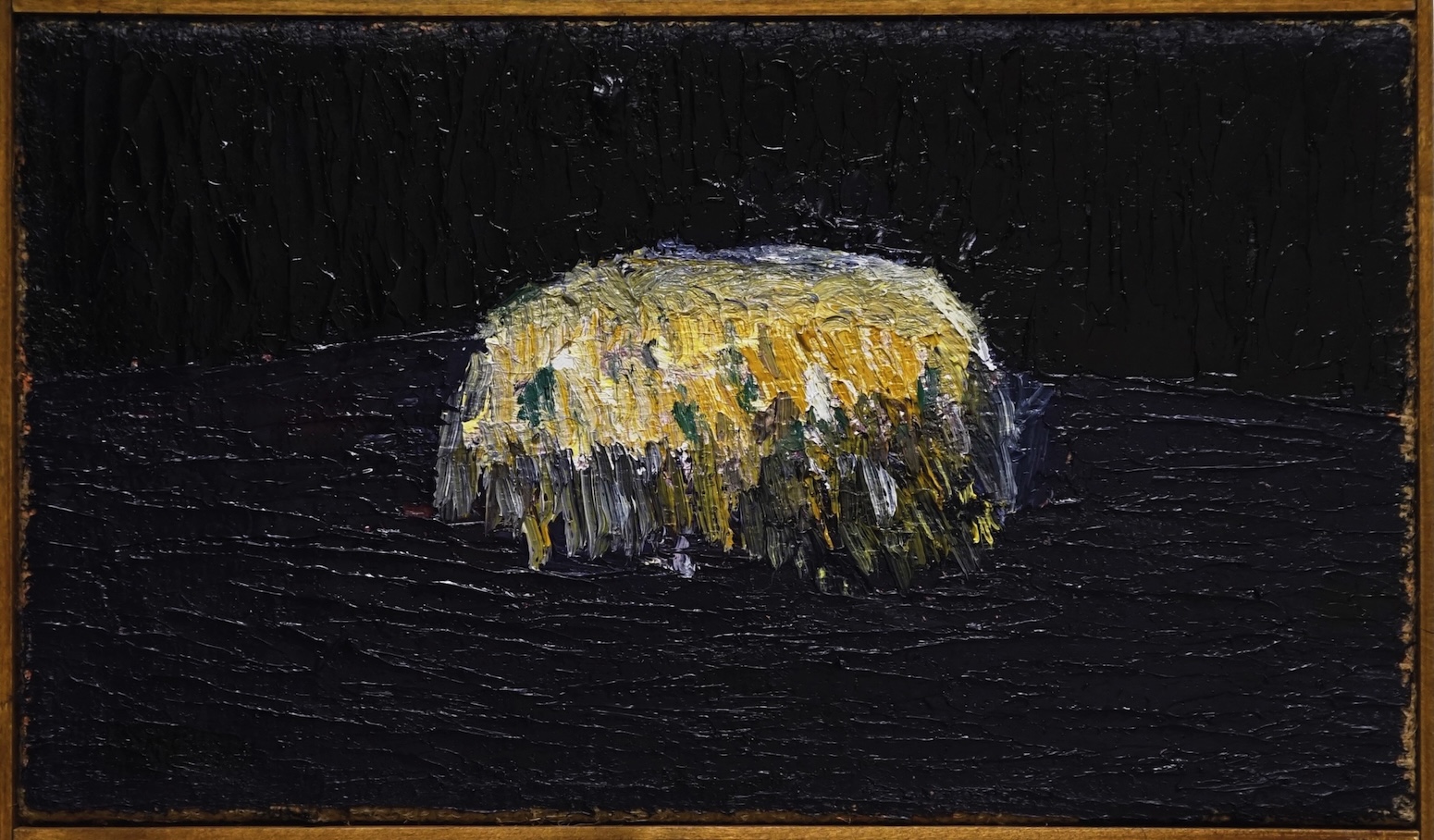 Christopher Colm MorrinCreation, 2022
Christopher Colm MorrinCreation, 2022 -
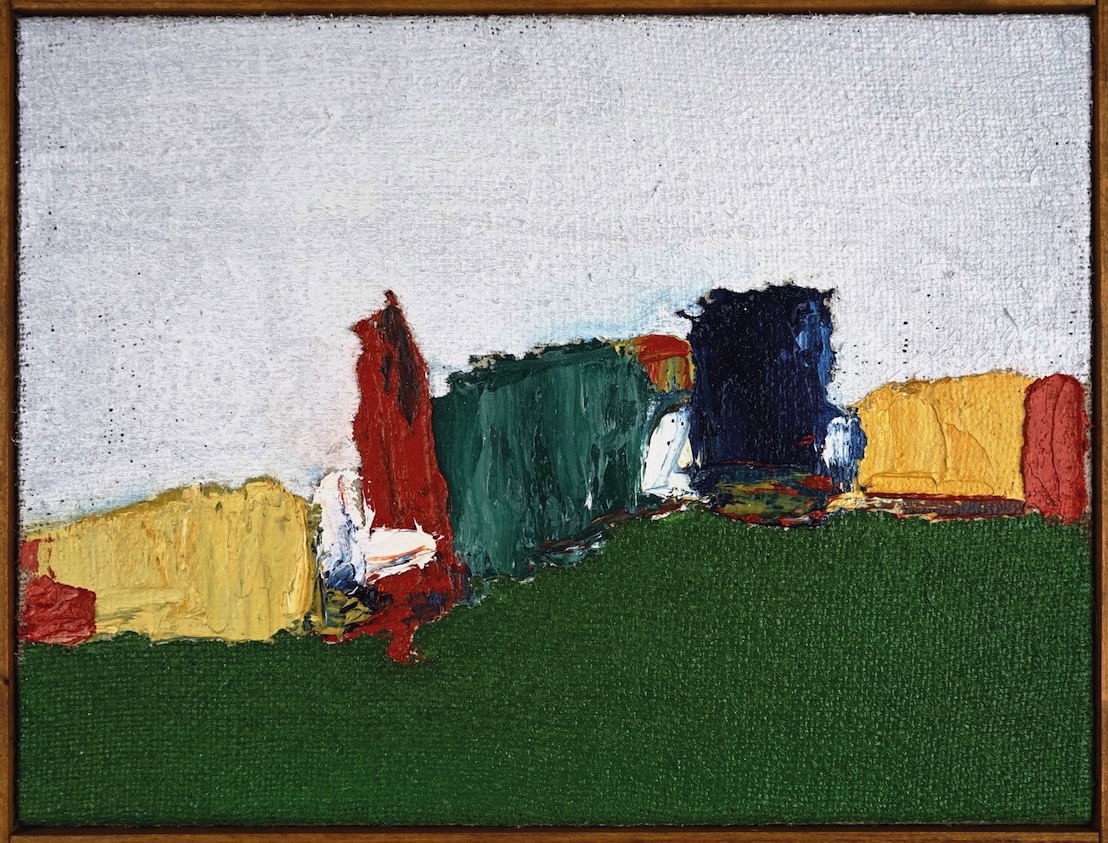 Christopher Colm MorrinExploring the Edges, 2021
Christopher Colm MorrinExploring the Edges, 2021 -
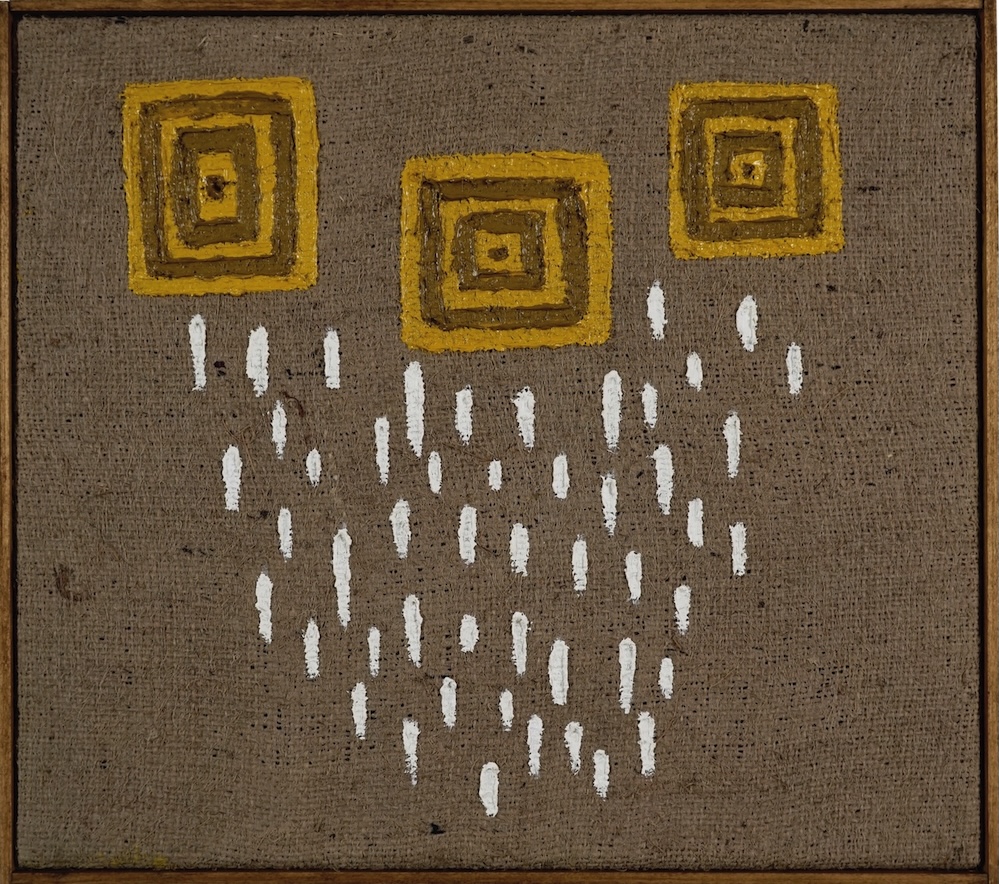 Christopher Colm MorrinFaith, 2021
Christopher Colm MorrinFaith, 2021 -
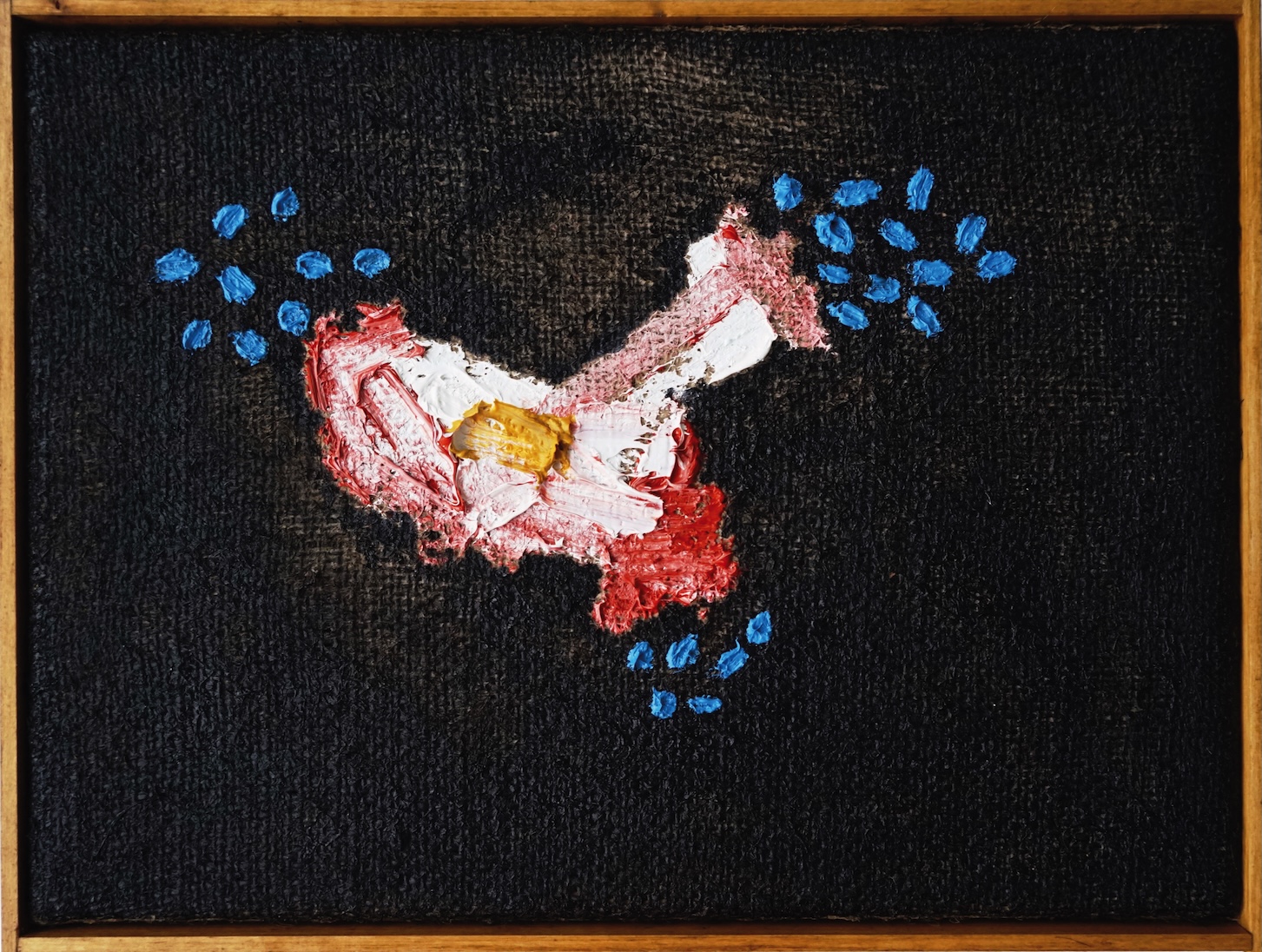 Christopher Colm MorrinLet Go Of It All, 2021
Christopher Colm MorrinLet Go Of It All, 2021 -
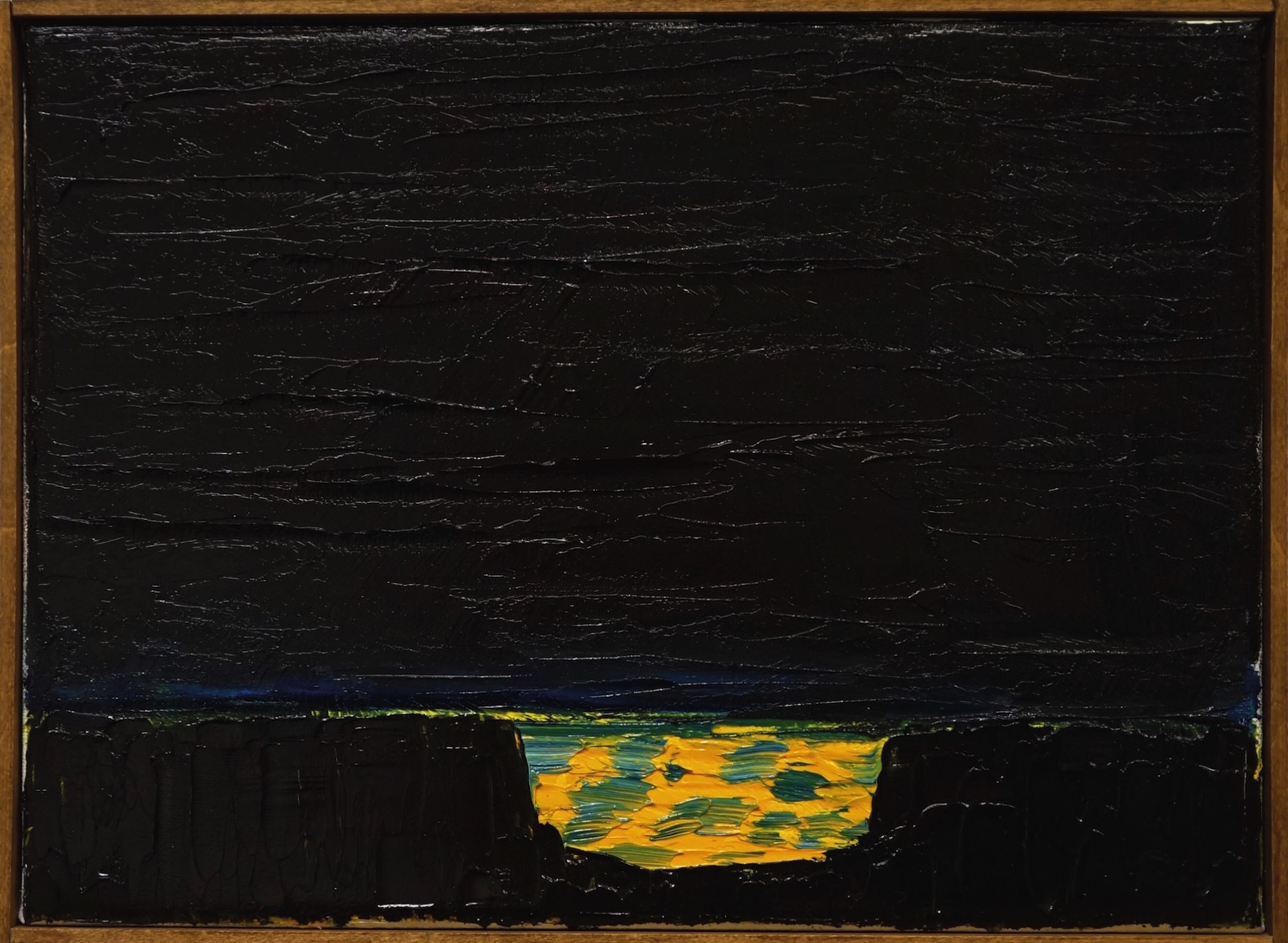 Christopher Colm MorrinMiracle, 2021
Christopher Colm MorrinMiracle, 2021 -
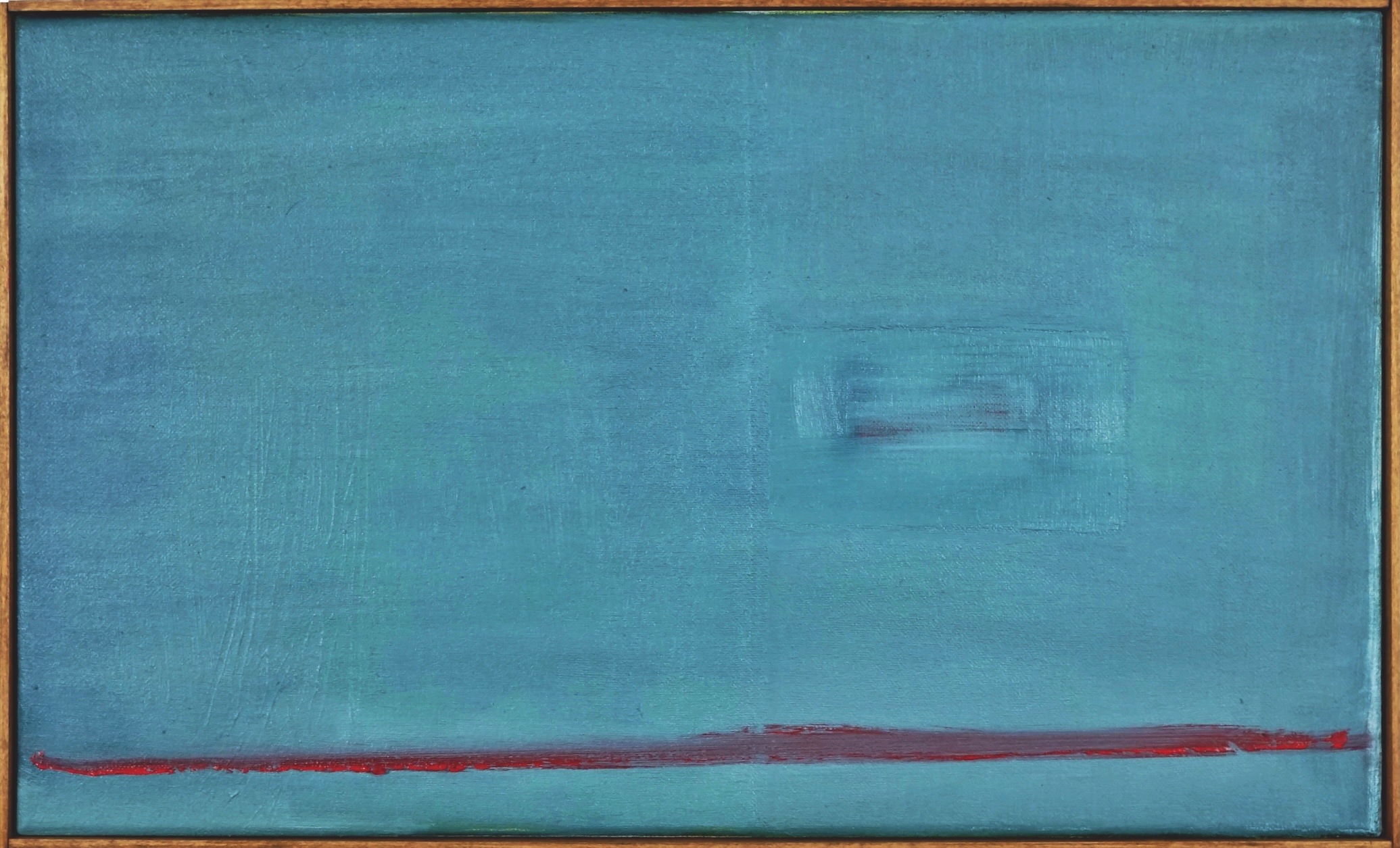 Christopher Colm MorrinMorning Veil, 2021
Christopher Colm MorrinMorning Veil, 2021 -
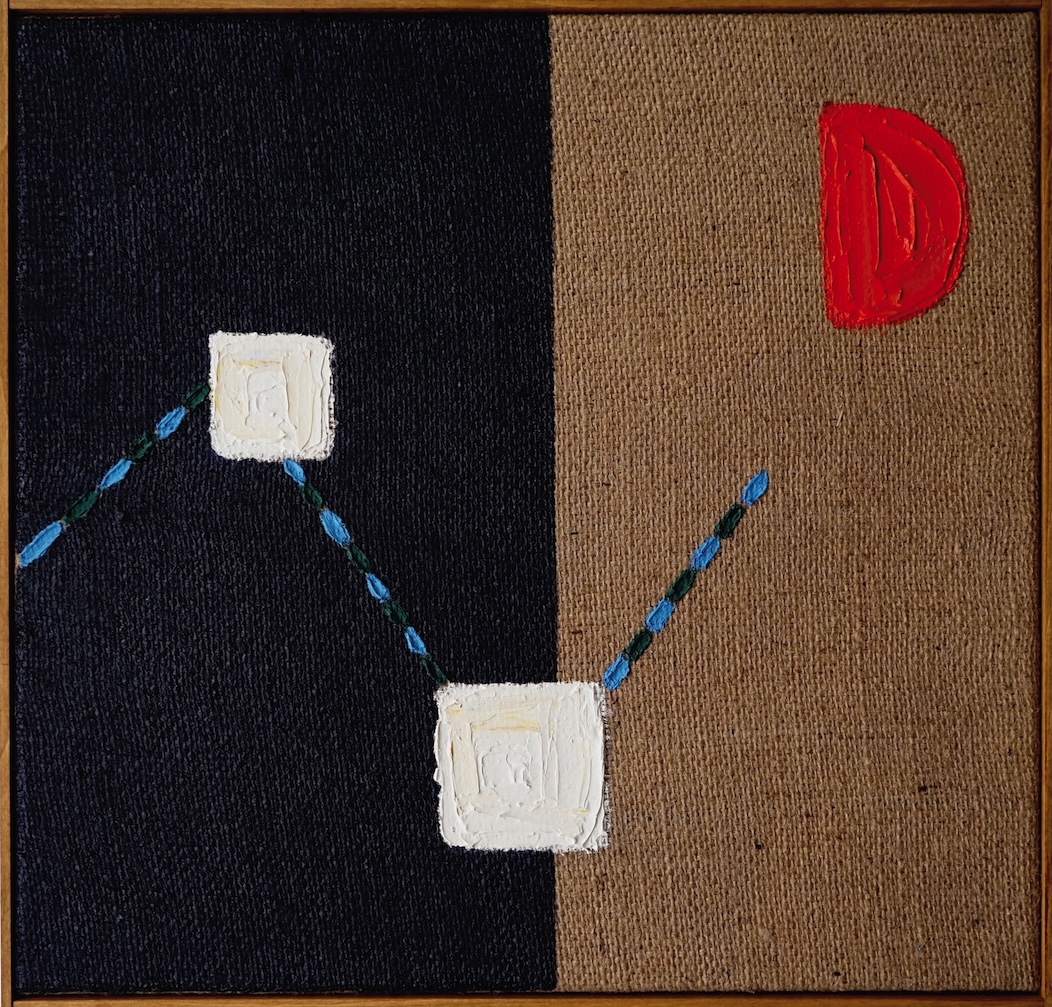 Christopher Colm MorrinUntitled (Mercy), 2021
Christopher Colm MorrinUntitled (Mercy), 2021 -
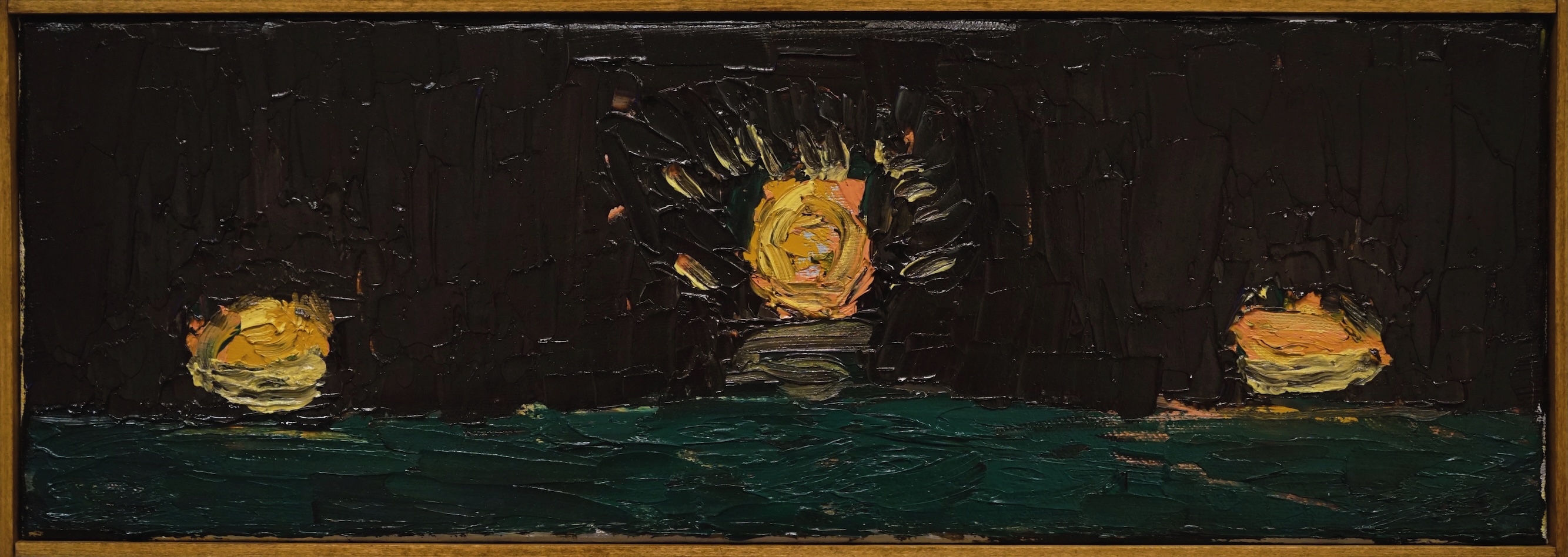 Christopher Colm MorrinVision, 2021
Christopher Colm MorrinVision, 2021
×
